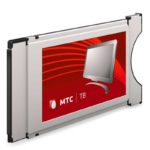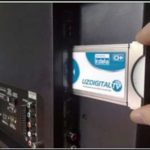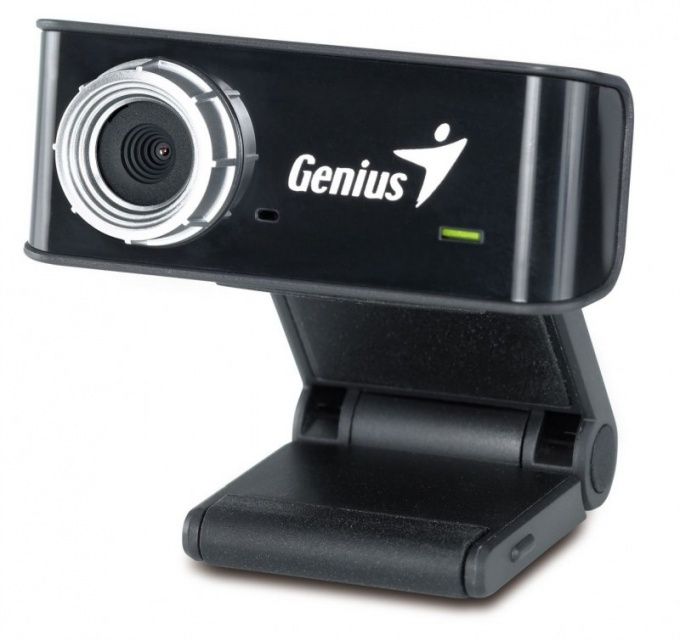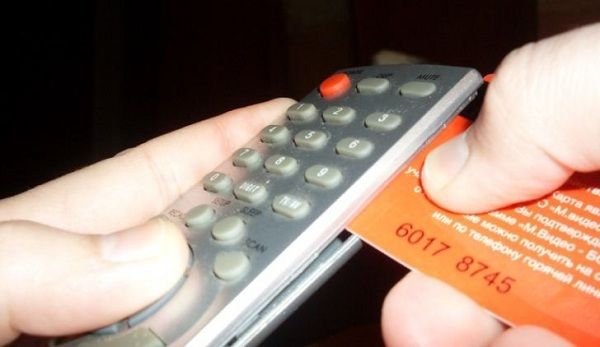DVB s2 what is it on TV
Modern technology can amaze even the most experienced users. Few people have time to keep up with all the new developments and technologies. In particular, the development of televisions has been particularly difficult to keep up with. Just yesterday, in order to set up TV broadcasting on such a device, it was necessary to supplement the TV with various antennas and receivers.
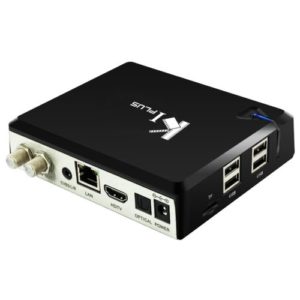
The content of the article
DVB S2
All this thanks to DVB-S technology, which allows the user to do without special set-top boxes.
In other words, DVB-S is a special module that is already in the TV and allows you to receive and decode satellite signals. Naturally, to receive information from a satellite, a special antenna is needed. In most cases, this antenna also comes with receivers from a certain company, which immediately offer their services. However, with the help of the DVB-S module, the user's TV is able to receive and process signals directly, without additional consoles.
Initially, the term DVB means a built-in receiver that allows you to receive various types of information. Such devices are divided according to the type of signal received.
- DVB – T2 terrestrial (such broadcasting is carried out via radio transmission)
- DVB – C wired (the signal is sent to the TV via cable)
- DVB – S satellite (signal is received and decoded from a satellite dish)
This article will consider DVB-S since this is the most advanced technology that allows processing information from a satellite dish.
Almost all new TVs are equipped with this technology. However, you should not assume that DVB-S allows you to play all channels for free and in high quality. Most satellite signals from the broadcast network are subject to special coding, and there are not many unprotected channels. To ensure comfortable viewing, the user should purchase a separate CAM module. This device comes complete with a card from a specific operator. This card is placed in the CAM module, which is placed in the corresponding connector on the TV. And after that, the user can receive many channels. However, only the channels of the operator whose card was purchased become available.
But even such advanced technologies do not stand still, and at the moment DVB-S has been replaced by DVB-S2 technology. The difference between these modules is the way they work. All TV channels that come to the antenna from the satellite are in a compressed state. This is necessary to save frequency spectrum and ensure electromagnetic compatibility between various emitting and receiving devices. Since various information is located very close to each other on the frequency grid, to ensure that the device receives exactly the selected signal, special coding is used, which allows it to process the necessary information and not process other signals.
In this case, the device faces limitations in signal processing, because in addition to simply converting and displaying the signal on the monitor screen, the receiver must decode a special combination and “select” the desired signal among a variety of information. This is why stable image transmission in HD format was previously impossible.However, DVB-S has been replaced by DVB-S2, which allows you to speed up the decoding and processing of received signals, which allows you to increase the resolution and quality of the received picture.
Attention! Encoding methods for DVB-S and DVB-S2 formats are different. Therefore DVB-S will not be able to receive the other's signals.
What does it look like
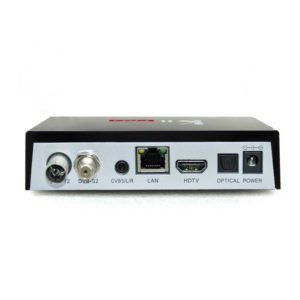
TVs that have a DVB-S module and TV devices that do not have this module do not differ in appearance in any way, so you should check with the seller or in the instructions about the availability of such technology.
From the outside, the module looks like a regular card slot. Which is usually located on the side of the device. To fully use this connector, in addition to a special satellite operator card, you may need the module itself, into which this card is inserted.
If you disassemble the panel and look at the DVB-S device, the user will find a connector from the card, which is connected by a cable to several microcircuits on the board. On the other hand, the device has an input into which a satellite dish is connected. Microcircuits are needed to decode and process the signal that comes through a satellite dish. From the card connector, the chip receives a sequence that is necessary to decode the satellite signal.
Where is
Usually the DVB-S module can be found on the back of the TV, because it should have two connectors. One for the operator card, the other for the antenna. However, there are TV models in which this module is located on the side. To find the location of this device, just find the connector for a special card or the input for a satellite dish.
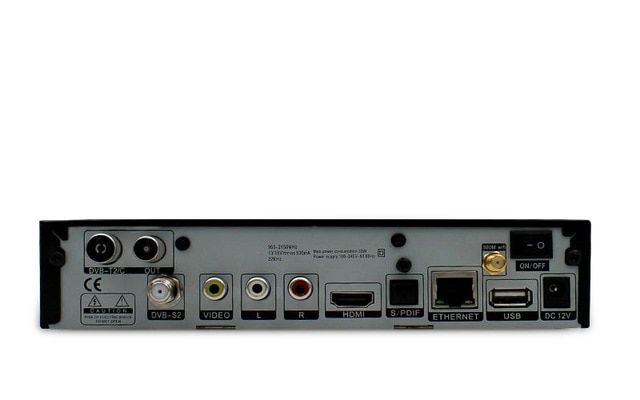 DVB-S technology allows users to receive signals from a satellite without the need to connect a receiver to an antenna. In other words, the DVB-S module is the receiver, which is already located in the TV panel. DVB-S2 is an improved and more modern technology that uses a new coding method. This method allows not only to place several information signals in one band of the frequency spectrum, but also to speed up their processing, which allows for a higher speed of information transfer per unit of time.
DVB-S technology allows users to receive signals from a satellite without the need to connect a receiver to an antenna. In other words, the DVB-S module is the receiver, which is already located in the TV panel. DVB-S2 is an improved and more modern technology that uses a new coding method. This method allows not only to place several information signals in one band of the frequency spectrum, but also to speed up their processing, which allows for a higher speed of information transfer per unit of time.
The main advantage of the new technology, in addition to the transmission speed and the ability to process more information, is the simultaneous increase in the information flow and maintaining the size of the frequency spectrum. This allows you to increase the quantity and quality of transmitted information, while preserving the frequency resource, which is currently a very important factor.
For the average user, DVB-S technology is useful because it allows you to avoid unnecessary expenses when purchasing a separate receiver. With this module on a TV device, the user does not need to purchase a special console in order to take advantage of satellite television technology. You just need to connect a satellite dish to your TV device and “open” channels are already available on it. To gain access to a larger number of programs and channels, you should purchase a card from a satellite television operator.
Detailed description
Many users who have acquired DVB-S and DVB-S2 technology have connection problems. Therefore, below there will be detailed step-by-step instructions for connecting and setting up DVB-S.
- The first step is connecting the satellite dish and TV.This is done using a special cable that must be connected to the connector on the back of the TV. Usually there is an inscription “LNB Satellite IN” above this port, but this may vary depending on the model.
- After connecting the antenna, you should go to the TV settings. Select “Channel settings” or “Channels” and click the “Auto search” button. After that, the screen will allow you to select the signal source to search for channels. The user needs to select Satellite and click “Next”.
- Next, the user needs to select the desired satellite. In order to change the connection settings to the selected satellite, click on the “Change satellite settings” button, after which you must manually enter the parameters of the required station.
In order to independently set up a connection to a satellite, you need to know such parameters as LNB frequency, Transponder type and DiSEqC parameter. You can add your own satellites.
- After the satellite setup is completed, the user is offered several search methods. If the CAM card is not connected to the module, then it makes sense to check the “Skip encrypted/encrypted” channels checkbox. It is also possible to use the so-called “Blind Search”. In this case, the search will be carried out over the entire frequency range. This option may increase the search time, but the likelihood of finding a high-quality signal increases.
- After establishing the desired search mode, click the “Run” button, after which the device will begin scanning the satellite and searching for channels available for reception. During such a search, statistics will be displayed on the screen, which displays the progress and number of working channels, both TV and satellite radio.The search can be interrupted, after which scanning will stop, and all new channels will be recorded and ready for viewing.
After scanning is completed, you can proceed to viewing or manually tuning the found channels. The setting is the ability to sort, search for a satellite or edit the transponder.
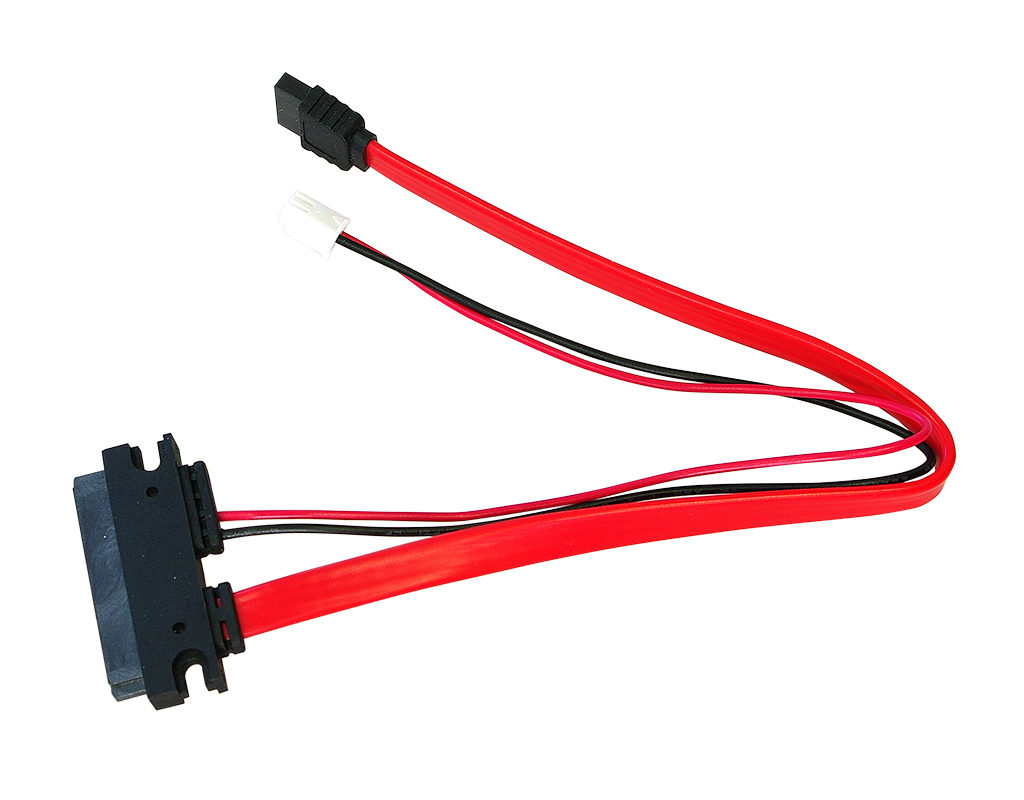 In the event that the user needs to exit the satellite TV viewing mode and switch to the HDMI connector or cable TV viewing, press the Source (or Input) button on the remote control and select the appropriate item.
In the event that the user needs to exit the satellite TV viewing mode and switch to the HDMI connector or cable TV viewing, press the Source (or Input) button on the remote control and select the appropriate item.
To summarize, it should be said that DVB-S technology is the most convenient and promising among satellite consoles, since it is immediately built directly into the body of the TV device, which allows users to avoid unnecessary purchases. It is also easy to learn and there is no need to configure it for a specific TV model. The DVB-S2 module differs from the previous generation in its ability to process HD satellite TV.
The user should remember that buying a TV with a DVB-S module will not allow him to enjoy all satellite TV channels for free. Each operator encodes its channels, which makes it impossible to view them without a special CAM card. Often, household appliance stores hold various promotions that allow you to get an operator card complete with a TV with DVB-S technology.
Also, with the purchase of a TV device with a DVB-S module, the user no longer needs to worry about timely updating the receiver or its firmware. Also, he will not be afraid of various kinds of technical and preventative work that often occur with domestic operators.
There is an opinion that DVB-S provides a much worse image than a separate receiver. On older models, this may have been true, but on modern TVs that have a DVB-S2 module, the picture is not inferior in quality to conventional external receivers. This puts users of TV devices with this technology in an advantageous position.


